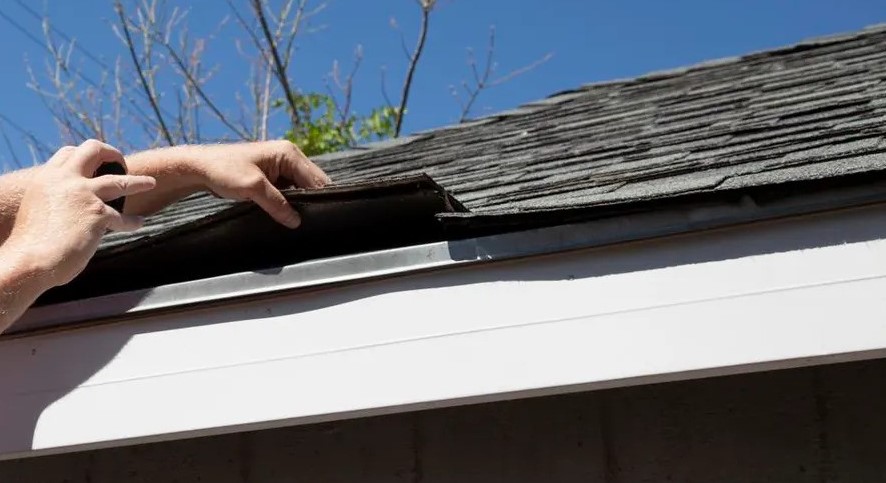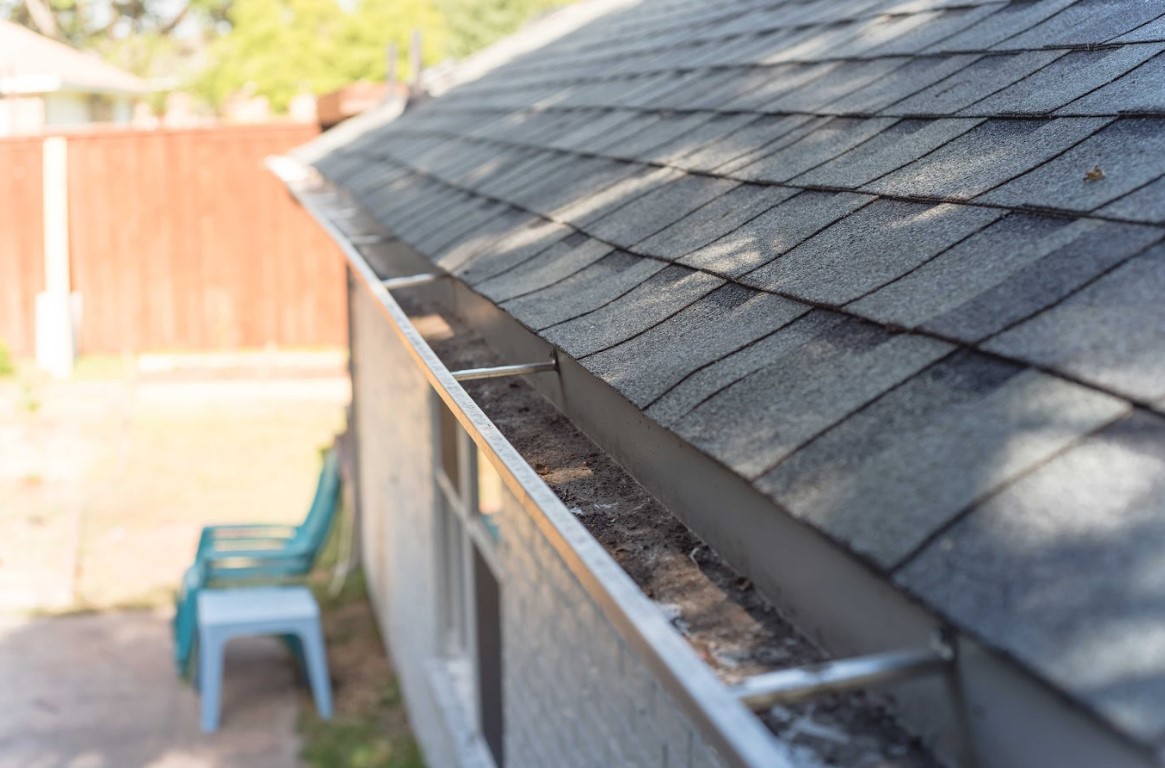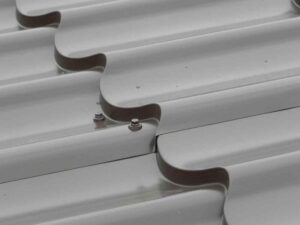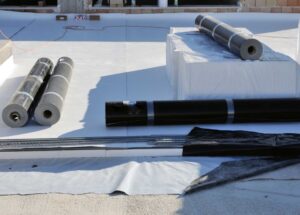Clarksville, TN, is a beautiful place, but from torrential rains and gusty winds to snowstorms and sweltering heat, extreme weather conditions can wreak havoc on your home’s first line of defense. Preparing your roof for extreme weather is essential for preserving your home’s integrity and your peace of mind. But where do you start? Understanding the types of weather damage your roof may encounter and knowing how to assess and address vulnerabilities can save you time and money in the long run.
At Best Choice Roofing, we aim to equip you with the knowledge to ensure your home remains safe and secure, no matter what the skies throw your way.
Understanding Weather Damage on Roofs
Every day, your roof stands guard against the elements. But even the toughest roofs can suffer from weather damage if they aren’t prepared. Understanding the types of damage and knowing the risks can make all the difference in keeping your home safe. Let’s break it down!
Types of Weather Damage to Roofs
When it comes to weather-related damage, roofs can be affected in various ways. Here are some of the most common types:
- Wind Damage: High winds can tear off shingles, exposing the underlying materials to rain and debris. If you ever hear the whistling sound of strong winds, think of your roof—and do a quick inspection afterward!
- Water Damage: Persistent rain can lead to leaks, mold, and wood rot. Water pooling on a flat roof or seeping through weak spots can create an urgent situation that requires immediate attention.
- Sun Damage: In Clarksville, the heat of the sun can cause shingles to deteriorate over time, leading to cracks and missing granules. A little preventive care in hot months can extend your roof’s lifespan!
Each of these damage types poses a unique risk to your home. Understanding these risks allows you to take the necessary actions to minimize potential issues.
Why Preparing for Weather Damage is Crucial in Clarksville
Why should you care about weatherproofing your roof in Clarksville? Simple: the weather here can be unpredictable. One minute, it can be sunny; the next, a storm can roll in.
When you live in a region prone to storms, preparing your roof is not just a “nice-to-have.” A well-maintained roof will absorb the shocks of harsh weather, protecting your home from water damage and expensive repairs. Plus, it can save you money on your energy bills by improving insulation and ventilation.
So, take the time to understand your roof’s vulnerabilities and address them early. Being proactive today can prevent headaches later on.
Preparing for Storm Damage on Roof
Thinking ahead can save you time, money, and lots of stress! Preparing for storm damage is like taking out insurance: it’s all about securing your peace of mind. When storms hit, a well-prepared roof ensures that water stays outside where it belongs.
Consider this: local experts estimate that roofing repairs can cost anywhere from a few hundred to several thousand dollars. How much of that expense could your family avoid by simply prepping your roof ahead of time? Plus, having a plan allows you to react quickly when the storm hits, rather than scrambling to fix things afterward. By investing a little time and attention into roof maintenance today, you could avoid a costly headache tomorrow.
Signs Your Roof Needs Attention Before a Storm
Before a storm rolls in, it’s crucial to take note of any warning signs that might indicate your roof needs some TLC. Keep an eye out for these red flags:
- Curled or Missing Shingles: If you see shingles that are curled, cracked, or even missing, it’s time for a close inspection. One missing shingle can lead to a whole cascade of problems.
- Water Stains on Ceilings: If you notice brown spots or stains on your ceilings, it’s a telltale sign that your roof could be leaking. Don’t wait for rain to uncover a serious issue!
- Granules in Gutters: If your gutters are clogged with granules, it means your shingles are wearing away. This loss can reduce the effectiveness of your roof and increase vulnerability.
Keep a close watch on these signs, especially as storm season approaches. If you spot any of them, consider reaching out to a professional for an assessment.
How to Assess Roof Vulnerability in Clarksville
To assess your roof’s vulnerability, you need to adopt a strategic approach. Here’s how:
- Visual Inspection: Start by safely climbing up to your roof (or using binoculars from the ground) to have a good look at its condition. Look for damaged shingles, loose flashing, and any signs of wear and tear.
- Check the Attic: Go through your attic for any signs of leaks or moisture. A well-ventilated and dry attic indicates your roof is performing well, while signs of dampness may denote trouble.
- Consider the Age of Your Roof: If your roof is over 20 years old, it might be time to consult a professional about its overall health. Older roofs can become more susceptible to damage.
- Look at Neighboring Trees: Take note of any nearby trees that could fall or drop debris on your roof during storms. Trimming back overhanging branches can significantly reduce potential damage.
Taking these steps to evaluate your roof’s vulnerability will empower you to make informed decisions about repairs and enhancements.
Steps for Preparing Your Roof for Storm Damage
Now that you’ve understood the risks and recognized signs that your roof may need some attention, it’s time to dive into actionable steps. Preparing your roof for storm damage doesn’t have to be overwhelming, but it does require a bit of diligence. Think of it as gearing up for a big game—you wouldn’t step onto the field without a plan!
Conduct a Thorough Roof Inspection
Your first line of defense starts with a thorough roof inspection. Look for damaged shingles, loose nails, or signs of wear and tear. If you feel uncertain about your ability to safely inspect your roof, don’t hesitate to call a professional. Remember, it’s better to be safe than sorry!
Clean Gutters and Downspouts
Next up: cleaning your gutters and downspouts. Those little channels work hard to divert water from your roof, and if they’re clogged with leaves and debris, good luck to your roof during a storm! Regularly cleaning your gutters not only prevents overflow but also helps avoid water pooling on your roof, which can lead to leaks. Grab that ladder and make it a routine part of your seasonal maintenance—your roof will thank you!
Remove Debris from the Roof
Speaking of debris, take a good look at your roof and remove any branches, leaves, or other materials that may have settled there. Even small debris can hold moisture and contribute to rot.
Regularly clearing your roof helps to ensure that water can run off freely, preventing future damage. If you’re not comfortable climbing up, a good garden rake from the ground can go a long way to help.
Trim Overhanging Trees
Do you have trees near your house? Although they add shade and beauty, they can also pose a significant threat during storms. Falling branches can wreak havoc on your roof and lead to costly repairs. Take a walk around your property and identify any trees that are too close to the house. Schedule a trim to ensure that branches are kept at a safe distance. A little foresight in this area can save a lot of grief down the road!
Check Roof Flashings and Seals
Roof flashings and seals are the unsung heroes of your roofing system. They protect vulnerable areas like chimneys, vents, and valleys from leaks. Inspect these areas closely for cracks or lifted edges. If you do spot issues, consider resealing them or replacing the flashings to ensure they’re up to snuff. This minor task can help avoid major leaks and expenses later on.
Invest in Roof Tarping Options
Finally, let’s talk about roof tarping options. While this may feel like the last resort, having a tarp on hand can be crucial when a storm is imminent. Tarps can rapidly cover damaged areas until professional repairs occur, minimizing water damage.
You can often find durable tarps at your local hardware store. By investing in this simple item, you’re adding an extra layer of protection for your home. By taking these proactive steps, you can ensure that your roof is well-prepared for the trials of extreme weather.
Responding to Weather Damage on Roof
When a storm passes through, the aftermath can feel overwhelming, especially if you suspect your roof has taken a hit. What should you do next? Responding effectively to weather damage is crucial to safeguard your home and keep costs down. Think of it as a playbook for recovery. Let’s break down the crucial steps together!
Immediate Actions After Storm Damage
The first thing to do after a storm is to take a deep breath and stay calm. Your home might be your haven, and seeing damage can be unsettling. Here’s your game plan:
- Inspect Your Roof: Once it’s safe, look for visible damage. Keep an eye out for missing or damaged shingles, sagging areas, or anything that seems out of place. Be careful—only inspect your roof if you can do so safely, ideally from the ground or a secure ladder!
- Check for Leaks: Head inside and look for stains on ceilings or walls. Use a flashlight to check your attic for water entry points. If you see leaks developing, it’s time to act!
- Document Everything: Take photos of the damage for insurance purposes. Having a reliable record can help streamline your claims process.
Emergency Roof Repairs: When to Call a Professional
Sometimes, DIY fixes just won’t cut it. If the damage is extensive—think large holes, multiple missing shingles, or tree impacts—it’s time to ring up a professional like Best Choice Roofing. But how do you know when to call for help?
If you see signs of significant damage or feel unsure about climbing up there, don’t hesitate! Experts can assess the situation with a trained eye and recommend the best course of action. They’ll have the tools, safety gear, and experience to get the job done right.
Understanding Roof Leak Repairs
If a leak has been identified, you’ll want to understand the repair process. Roof leaks can often start small but, if left unattended, they can lead to serious issues like mold or structural damage.
A typical roof leak repair process starts with locating the entry point, often found around flashing, vents, and chimneys. Once located, the damaged area must be sealed properly, which may involve replacing shingles or repairing flashing.
Don’t be surprised if you need to replace more than just the visible section. Ensuring that all moisture damage is addressed is critical to preventing future problems. While this might seem daunting, staying informed and working with a qualified professional can simplify the process.
What to Document After Weather Damage
When storm damage happens, documenting everything is your best friend. This will help you keep track of your roof’s health, and they can be very helpful in the event you need to file a claim with your insurance company.
- Take Photos: Snap clear, high-resolution photos of the damage from multiple angles. Include close-ups of affected areas, as well as wider shots that show the overall impact.
- Write Detailed Notes: Jot down notes about when the damage occurred, a description of the damage, and any emergency repairs you made. This written record can be invaluable when working with your insurance company.
- Track Expenses: Keep receipts for any immediate repairs or clean-up costs. Whether you bought a tarp or hired someone for emergency fixes, these records will support your claim.
The more thorough your documentation, the smoother your claims process will be. Think of it as building a strong case—after all, the aim is to recover your losses and restore your home!
Are you ready to take action? Start with a quick inspection today with Best Choice Roofing and consider your next steps for a safe and secure roof. Because when you’re prepared, storms might come and go, but your peace of mind will stay strong!
